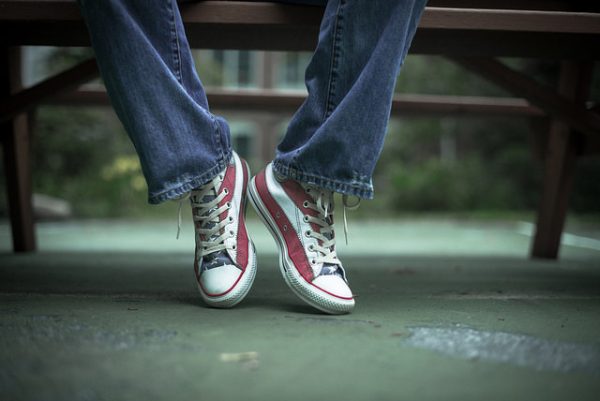
Another U.S. Independence Day came and went, along with cheers of ‘Murcia! and sentimental Facebook posts about American pride. But how do racial and ethnic minorities experience being “American” while systemic racial oppression continues to target people of color in the U.S.? A lot of the focus has been on the experiences of Black Americans, but social science shows that other racial minorities are similarly marginalized when they are excluded from whiteness.
For example, while stereotypes like the “model minority” myth seemingly valorize Asian American achievement, other stereotypes exclude them from the “American” label by depicting them as foreign. Moreover, Asian Americans are a pan-ethnic group – meaning there are many nationalities included under the umbrella term “Asian American.” And darker-skinned, poorer Asians, like Cambodian refugees, are excluded from characterizations of excellence and success.
- Claire Jean Kim. 1999. “The Racial Triangulation of Asian Americans.” Politics & Society 27(1):105–38.
- Aihwa Ong. 2003. Buddha Is Hiding: Refugees, Citizenship, the New America. Berkeley: University of California Press.
Even though many Arab Americans have lighter skin, enjoy middle class success, and identify as White, they are still “not quite White” because of the ways they are racialized. Negative stereotypes about Arab people as “backward” and “uncivilized” have resurfaced in recent years as the racialization of Arab and Muslim men as criminals and threats to national security became mainstream talking points in the War on Terror.
- Saher Selod and David G. Embrick. 2013. “Racialization and Muslims: Situating the Muslim Experience in Race Scholarship.” Sociology Compass 7(8):644–55.
- Sarah M. A. Gualtieri. 2009. Between Arab and White: Race and Ethnicity in the Early Syrian American Diaspora. Berkeley: University of California Press.
Institutions may also dismiss important differences among various Black ethnic groups. For Somalis who come to America, it is often the first time they are considered Black. However, their religion, language, and cultural identities may be more salient, differentiating them as “foreign” from Black Americans.
- Abdi M. Kusow. 2006. “Migration and Racial Formations Among Somali Immigrants in North America.” Journal of Ethnic and Migration Studies 32(3):533–51.

Comments 1
Pete Rodriguez — July 14, 2017
Do keep in mind that even President Barack Obama went through this 'problem' mainly because he was perceived by Black Americans as not black enough, while White Americans totally dismissed the fact that his mother was indeed white.